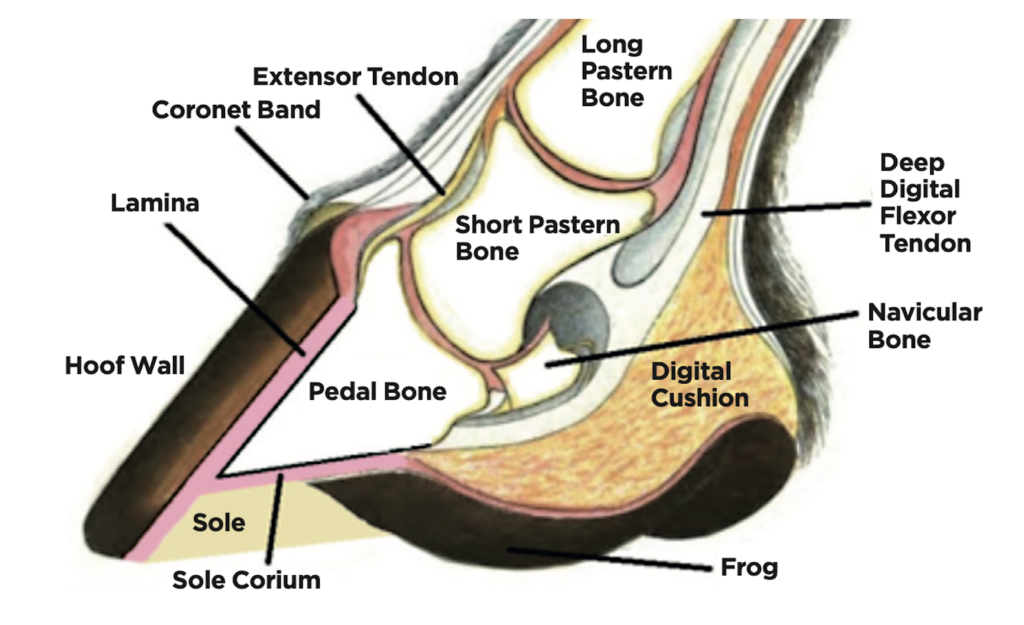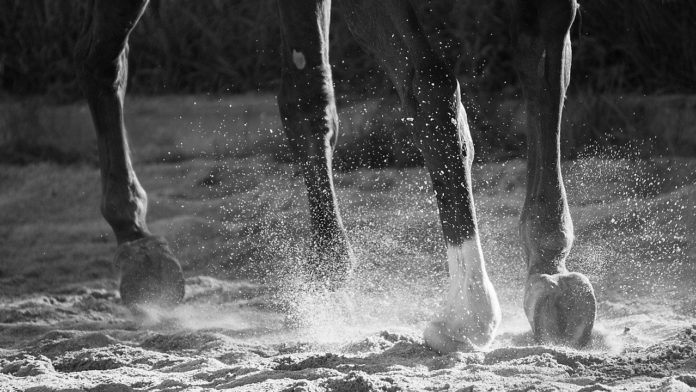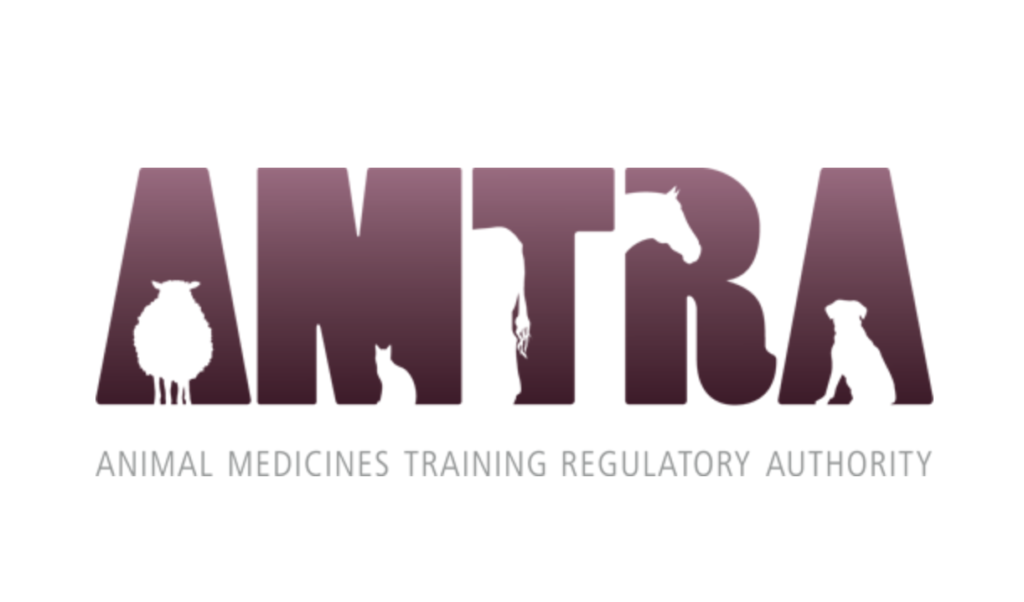Strong hooves for performance
By Griselda Handy BSc(Hons), NAF
HOOVES: THE INSIDE STORY
We rely on the hooves to play many roles for our horses, including a performance role; evolution has created a minor miracle of engineering in order to achieve that.
The hoof capsule encases bones, tendons, the digital cushion, a hugely complex matrix of blood vessels and the delicate lamina – all working together to aid propulsion, traction and absorb concussion by acting as a shock absorber. From pushing the horse off the ground, to landing over a jump, the hoof can truly be said to be the starting point of performance in the equine athlete. Not for nothing, the saying ‘no foot, no horse’ – therefore ensuring quality hoof growth is key to success in any discipline.
HOOF GROWTH
Slow growth may be due to a number of reasons but the lack of new hoof wall means that the hoof is likely to be pared away which could lead to a number of potential issues. In other cases, the rate of growth is good but quality of horn is poor. Whether slow or poor growth, or a combination of both, the hoof is left cracking, crumbling and prone to missing chunks at the bottom. Without healthy growth, it becomes difficult for farriers to manipulate the shape of the hoof for performance; he or she is left just focusing on keeping the new shoe on. So a vicious circle ensues.
FACTORS AFFECTING HOOF CONDITION

Working on artificial surfaces has an obvious benefit for joints, but sand can be abrasive and the small particles can find routes into the horn that may result in an anaerobic [able to live without oxygen] environment, ideal for bacterial growth.
While dry conditions can be a cause for concern with the equine hoof, so too can the wet. It is indeed the wet conditions we should be wary of as moisture particles force apart vital bonds within the horn, weakening the integral structure by allowing swelling to take place. This results in reduced shock-absorbing properties and diminishes the overall strength of the horn.
Dry conditions can simply be from the environmental conditions through to the likes of stable bedding; shrinkage is often seen which can result in brittle horn where cracks and splits can occur. Variable conditions from wet to dry are detrimental to a consistent moisture balance, ideally this should be around 25% throughout the horn of the hoof, too much or too little can result in significant weaknesses.
A daily application can help to retain the moisture content but care must be taken when applying hoof oils as some can further aid the anaerobic environment. The hoof must have the capacity to breathe which is why moisturising properties are desired.
FUELLING HOOF GROWTH
Hoof growth, like all systems in the body, can be hugely influenced by the right diet. If we’re putting the right things in, we should see good strong growth.
The best-known nutritional support for hooves is biotin (vitamin H). Naturally biotin is synthesised in the horse’s own gut through bacterial fermentation of fibre. Therefore, horses on high fibre-based diets should produce their own biotin requirements. If we see compromised hoof growth, it may be a sign that not enough fibre is being fed, or that the horse is not absorbing efficiently what is being produced in the gut. This is particularly true of the modern performance horse, who may be on a high cereal diet, or have compromised gut function. In these cases, supplementing with biotin to support the body’s own supply is recommended.
There are also genetic predispositions. Thoroughbreds are commonly linked with bad feet, while Hoof Wall Separation Disease (HWSD) has been found to be linked with Connemara ponies. HWSD is an autosomal recessive genetic disorder, meaning the foal can only be affected if both parents have inherited the disease. Here, nutritional support would be recommended.
If supplementing, ensure the correct level of biotin is being supplied for the size. We would advise 15mg biotin for ponies, 30mg per day is ideal for cobs and medium-sized horses, and up to around 45mg per day for larger breeds such as warmbloods and heavy horses. However, just as nothing works alone in nature, targeted nutritional support for hooves should go beyond biotin alone for best results. Look for a supplement which includes good sources of bioavailable sulphur, such as MSM and methionine, as the hoof wall is made up of keratin, a protein high in sulphur.
In fact, it’s the sulphur that gives hot shoeing its characteristic smell. Trace elements such as manganese and zinc are also indicated for hoof health, supporting the essential bonds throughout the hoof capsule while topping up any potential deficiency that may be present due to poor forage for example.
Lastly, look for support of the whole system. Hooves are part of the integumentary system which comprises the skin and related tissues, such as hair and nails in people, and manes and hooves in horses. The largest organ in the body, it can be the first to show signs of the physiological stresses of performance training, travel and regular competition.
Therefore, it is recommended that a hoof support supplement should include good antioxidants, such as vitamin C or E, or naturally sourced antioxidants from plant-based sources, such as rosehip or chlorella. Antioxidants can prevent or slow down possible damage to cells caused by free radicals by simply donating an electron and helping restore the natural homeostasis [balance of physiological processes].
CONCLUSION
If there is good quality growth, from a sound diet and good management, then we can help farriers maximise equine performance by enabling them to have plenty of foot to work with, while supporting day to day hoof health.
ETN’s series of CPD features helps SQPs (Suitably Qualified Persons) earn the CPD (continuing professional development) points they need. The features are accredited by AMTRA, and highlight some of the most important subject areas for SQPs specialising in equine and companion animal medicine.
AMTRA is required by the Veterinary Medicines Regulations to ensure its SQPs undertake CPD. All SQPs must earn a certain number of CPD points in a given period of time in order to retain their qualification. SQPs who read the following feature and submit correct answers to the questions below will receive two CPD points. For more about AMTRA and becoming an SQP, visit www.amtra.org.uk
Image by Rebecca Schönbrodt-Rühl from Pixabay












